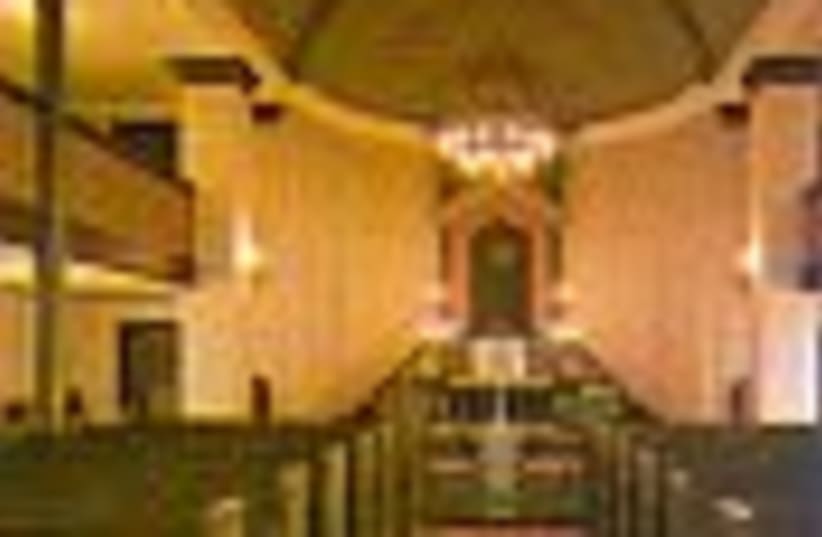| More about: | Tzur Hadassah, Book of Proverbs, Warsaw, Hebrew language |
World of the Sages: Doorways to prayer
When we enter a synagogue, our first impulse is generally to find a seat.


| More about: | Tzur Hadassah, Book of Proverbs, Warsaw, Hebrew language |